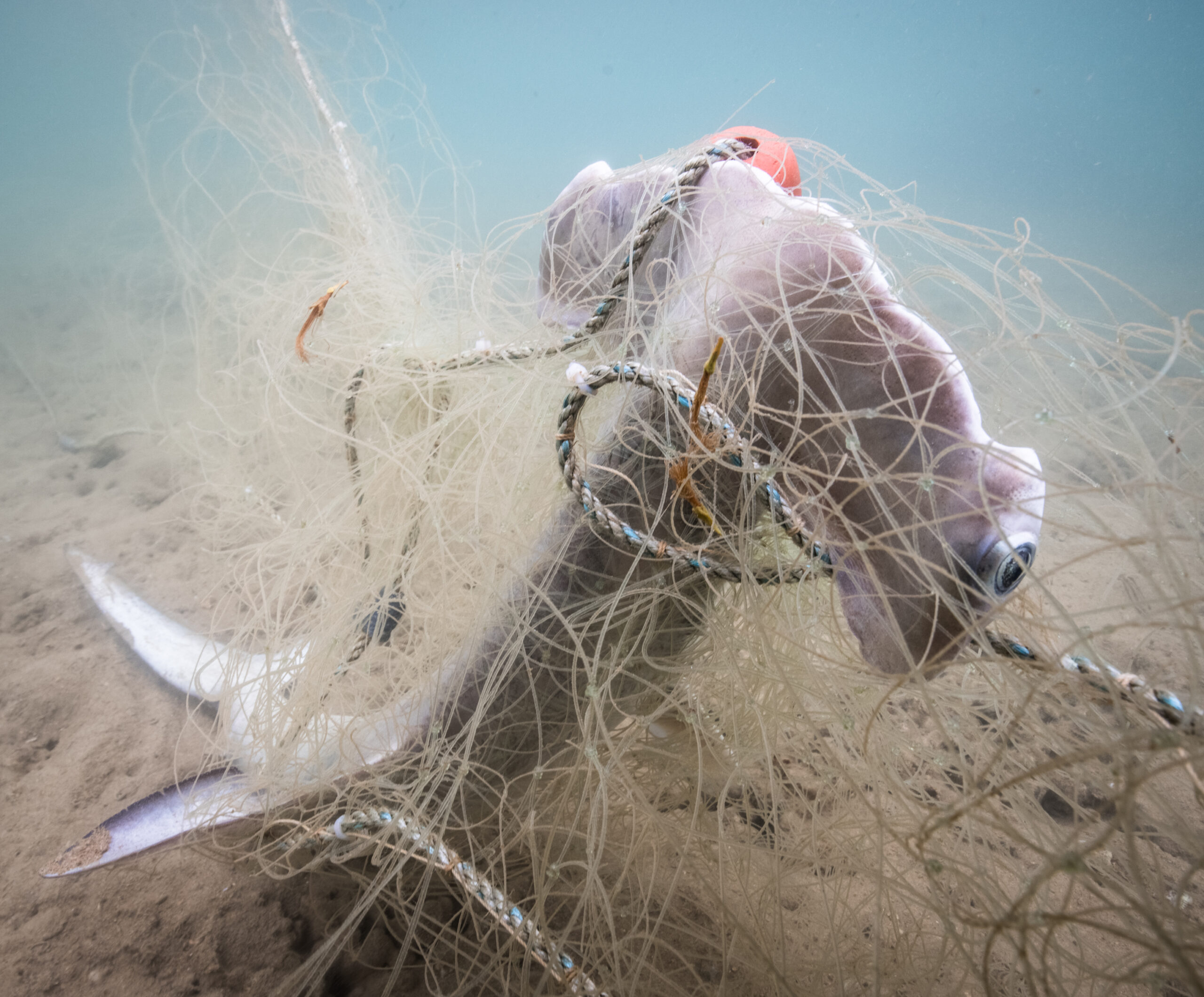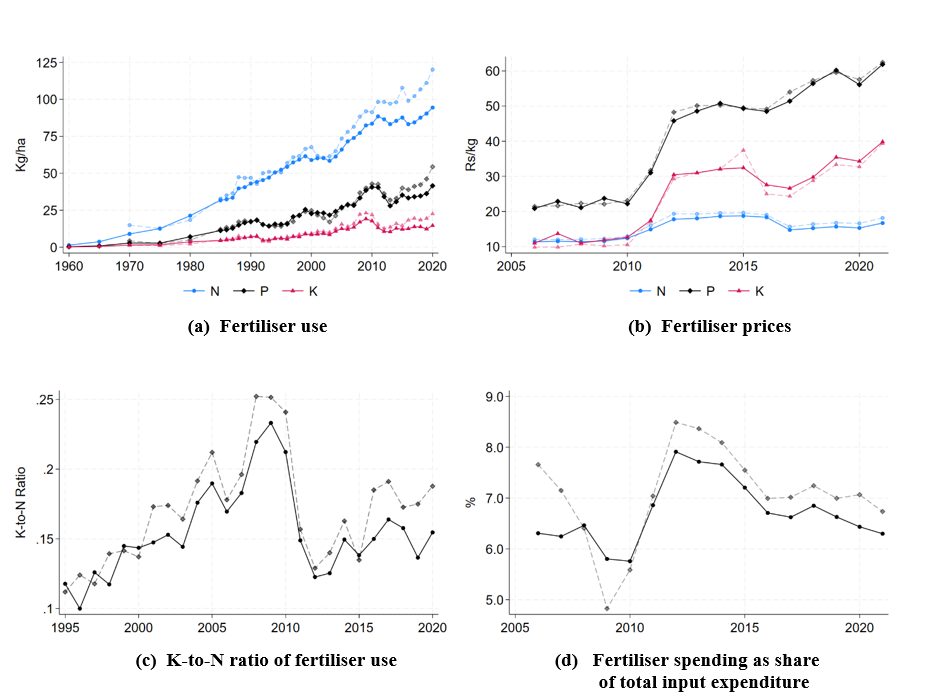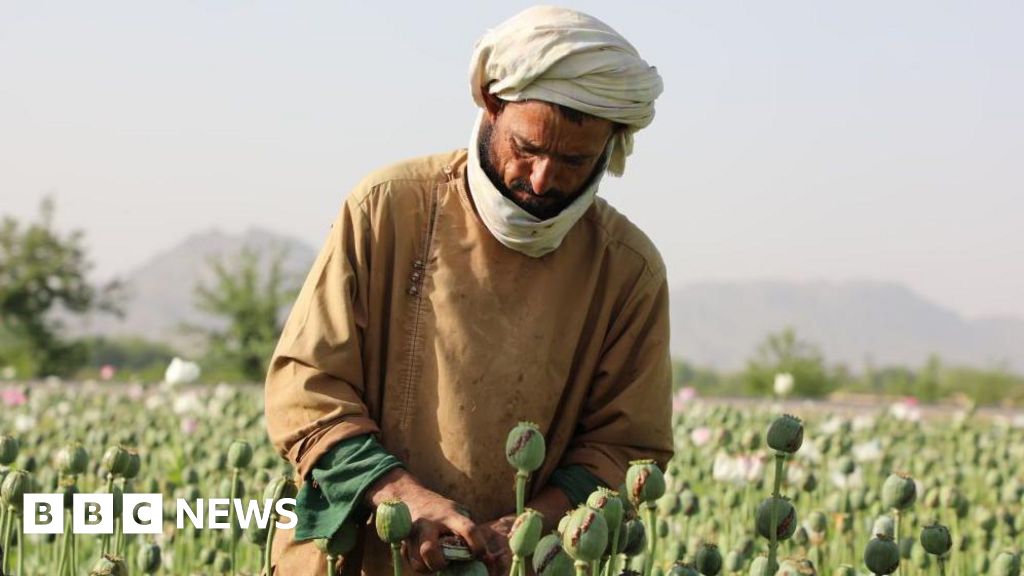Standing Firm on Women’s Right to Live Free of Violence – Human Rights Watch

Report on the Global Backlash Against Women’s Rights and its Implications for Sustainable Development Goals
A significant global regression in the advancement of women’s rights is currently underway, posing a direct threat to the achievement of the Sustainable Development Goals (SDGs), particularly SDG 5 (Gender Equality) and SDG 16 (Peace, Justice and Strong Institutions). This report analyzes recent developments at the United Nations and the critical need to uphold existing international legal frameworks to counter this trend.
The Role of the Convention on the Elimination of All Forms of Discrimination against Women (CEDAW)
CEDAW Committee’s 91st Session Findings
During its 91st Session in June and July, the UN Committee on the Elimination of Discrimination against Women reviewed state compliance with the CEDAW Convention. A key outcome was a formal statement addressing a proposal by some countries to create a new optional protocol specifically focused on gender-based violence (GBV). The Committee cautioned that any new developments must be firmly grounded in existing international human rights law.
Upholding Existing Legal Frameworks for SDG 5
The Committee’s position reinforces the integrity of the CEDAW Convention as a primary tool for achieving SDG 5. It asserts that gender-based violence is a form of discrimination that is already comprehensively covered by the Convention, a principle established in 1992. The Committee expressed concern that a new, separate instrument could undermine progress toward SDG 5 targets, including Target 5.1 (End all forms of discrimination) and Target 5.2 (Eliminate all forms of violence against women and girls).
- Risk of Eroding Rights: A new protocol, developed amidst a global backlash, risks weakening rights that are firmly established under current international law.
- Creation of Unequal Protections: A parallel system could emerge, creating inconsistent levels of protection among States Parties and jeopardizing the universal guarantees of the Convention.
- Undermining Accountability: The Committee warned that a new protocol might create a process that could undermine full accountability for states under the existing, comprehensive framework of CEDAW.
Evidence of Regression and its Impact on Sustainable Development
Global Trends in Women’s Rights
The backlash against women’s rights is a documented global phenomenon. A 2024 UN Women report indicated that one in four countries was experiencing regression in this area. This rollback directly impedes the achievement of the 2030 Agenda for Sustainable Development.
- Rollbacks on Reproductive Rights: Nations from Romania to the United States have seen a regression in reproductive rights, a key component of gender equality and health (SDG 3, SDG 5).
- Targeting Rights at the International Level: Anti-rights campaigns are increasingly active in international spaces like the UN, working to weaken protections for women.
- Funding Reductions: Critical funding for women’s rights initiatives and aid has been slashed, further hampering progress.
- State-Led Weakening of Protections: A growing number of states are actively working within multilateral forums to dilute international commitments to women’s rights.
Implications for SDG 16: Peace, Justice, and Strong Institutions
This global backlash not only affects SDG 5 but also undermines SDG 16. Efforts to weaken established international law, such as CEDAW, compromise the rule of law at national and international levels (Target 16.3). Furthermore, the pushback against non-discriminatory policies directly contravenes the goal of promoting and enforcing such laws for sustainable development (Target 16.b). Strong institutions depend on the consistent application of established legal principles, which are currently under threat.
Conclusion and Recommendations for Advancing the SDGs
The Path Forward
The CEDAW Committee’s statement provides a clear path forward. The principle of non-discrimination enshrined in the Convention is sufficient and comprehensive, covering all forms of gender-based violence against women and girls. The existing international instruments and their interpretations are robust and clear. The challenge is not a lack of legal standards but a lack of political will for implementation.
Call to Action for Member States
To counter the global regression and advance the 2030 Agenda, the primary focus must be on implementation. It is imperative that governments fulfill their existing international legal obligations under the CEDAW Convention. This commitment is the most effective strategy for achieving tangible progress on:
- SDG 5: Gender Equality
- SDG 16: Peace, Justice and Strong Institutions
Strengthening and applying existing international law, rather than creating new and potentially weaker instruments, is the critical action required to stop all forms of violence against women and ensure the realization of the Sustainable Development Goals.
1. Which SDGs are addressed or connected to the issues highlighted in the article?
The article primarily addresses issues related to two Sustainable Development Goals:
-
SDG 5: Gender Equality
This is the central theme of the article. It directly discusses the “global backlash against women’s rights,” “gender-based violence against women and girls,” the “rollback on reproductive rights,” and the principle of “non-discrimination.” The entire text revolves around the efforts to uphold and the risks of eroding rights that are fundamental to achieving gender equality, referencing the Convention on the Elimination of All Forms of Discrimination against Women (CEDAW).
-
SDG 16: Peace, Justice and Strong Institutions
The article connects to this goal through its strong emphasis on legal frameworks and accountability. It highlights the need for governments to “fulfill their international legal obligations” and the importance of “upholding existing international human rights law.” The discussion about the CEDAW Committee’s role, the risk of undermining “full accountability,” and the push for states to adhere to established international instruments directly relates to promoting justice and strengthening institutions that protect human rights.
2. What specific targets under those SDGs can be identified based on the article’s content?
Based on the article’s content, several specific targets can be identified:
-
Under SDG 5 (Gender Equality):
- Target 5.1: End all forms of discrimination against all women and girls everywhere. The article explicitly states that “Gender-based violence is a form of discrimination” and references the “Convention on the Elimination of All Forms of Discrimination against Women (CEDAW),” making this target directly relevant.
- Target 5.2: Eliminate all forms of violence against all women and girls in the public and private spheres. This is a core issue discussed. The article repeatedly mentions “gender-based violence against women and girls” and concludes with the call for governments to “stop all forms of violence against women.”
- Target 5.6: Ensure universal access to sexual and reproductive health and reproductive rights. The article identifies the “rollback on reproductive rights” in various countries as a key example of the backlash against women’s rights, directly linking to this target.
- Target 5.c: Adopt and strengthen sound policies and enforceable legislation for the promotion of gender equality. The article’s focus on international law, the CEDAW convention, and the need for governments to “fulfill their international legal obligations” points directly to the importance of having strong, enforceable legal frameworks to protect women’s rights.
-
Under SDG 16 (Peace, Justice and Strong Institutions):
- Target 16.1: Significantly reduce all forms of violence and related death rates everywhere. While the target is broad, the article’s specific call to “stop all forms of violence against women” is a direct contribution to achieving this goal.
- Target 16.3: Promote the rule of law at the national and international levels and ensure equal access to justice for all. The article’s discussion centers on upholding “international human rights law,” ensuring “full accountability under the Convention,” and the role of the UN and the CEDAW Committee in maintaining legal standards. This directly relates to promoting the rule of law and justice at an international level.
3. Are there any indicators mentioned or implied in the article that can be used to measure progress towards the identified targets?
The article does not cite specific statistical indicators, but it implies several ways progress (or regression) can be measured:
- For Target 5.2 (Eliminate violence against women): The prevalence of “gender-based violence against women and girls” is the key implied indicator. The article suggests this is a widespread problem that needs to be stopped, implying that measuring its incidence is crucial.
- For Target 5.6 (Reproductive rights): The existence and status of laws related to reproductive rights are an implied indicator. The article points to a “rollback on reproductive rights” in countries like Romania and the United States, suggesting that tracking changes in national legislation is a way to measure progress or regression.
- For Target 5.c (Policies and legislation): The article implies two indicators. First, the degree to which countries adhere to and implement international conventions like CEDAW. Second, the level of funding allocated to women’s rights, as the article mentions that rights are “harmed by slashed funding.”
- For Target 16.3 (Rule of law and justice): The strength and integrity of international legal frameworks are an implied indicator. The CEDAW Committee’s warning against creating “a parallel process that could undermine full accountability” suggests that the coherence and enforcement of international law are key measures of progress. The article also notes that “one in four countries was experiencing such regression” in women’s rights, which serves as a high-level indicator of the weakening of legal protections.
4. Create a table with three columns titled ‘SDGs, Targets and Indicators” to present the findings from analyzing the article.
| SDGs | Targets | Indicators (Implied from the Article) |
|---|---|---|
| SDG 5: Gender Equality |
5.1: End all forms of discrimination against all women and girls everywhere.
5.2: Eliminate all forms of violence against all women and girls. 5.6: Ensure universal access to sexual and reproductive health and reproductive rights. 5.c: Adopt and strengthen sound policies and enforceable legislation for gender equality. |
Prevalence of discrimination, as defined by CEDAW.
Incidence and prevalence of “gender-based violence against women and girls.” Number of countries experiencing a “rollback on reproductive rights” versus those strengthening them. Level of government adherence to international legal obligations (e.g., CEDAW) and amount of “funding” for women’s rights. |
| SDG 16: Peace, Justice and Strong Institutions |
16.1: Significantly reduce all forms of violence.
16.3: Promote the rule of law and ensure equal access to justice. |
Rates of “all forms of violence against women.”
Strength and enforcement of “international human rights law” and mechanisms for “full accountability.” Proportion of countries with regressive vs. progressive rights legislation. |
Source: hrw.org

What is Your Reaction?
 Like
0
Like
0
 Dislike
0
Dislike
0
 Love
0
Love
0
 Funny
0
Funny
0
 Angry
0
Angry
0
 Sad
0
Sad
0
 Wow
0
Wow
0

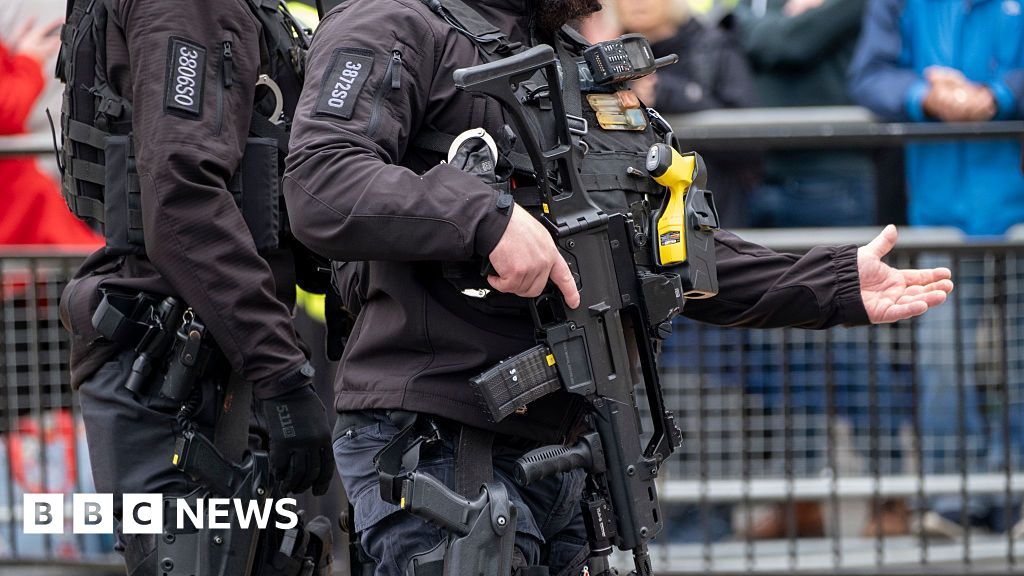



/https://media.globalcitizen.org/ea/9e/ea9e1a08-9cc4-472e-a0a7-57a76f7c1e06/screenshot_2025-11-06_at_101647.png?#)





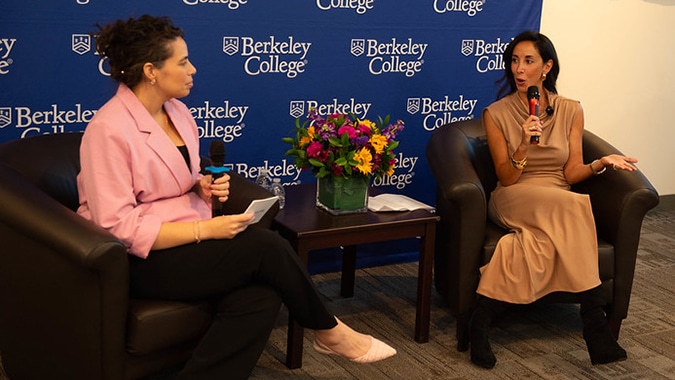


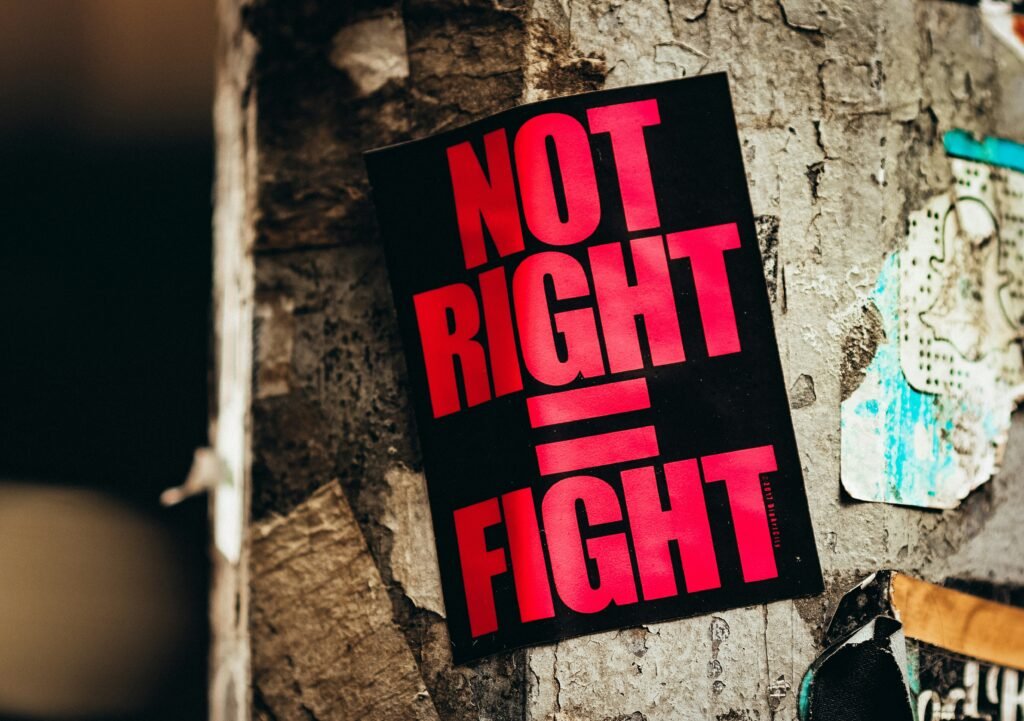



![Architects use comics and humour to rethink sustainable cities [Interview] – Mongabay-India](https://imgs.mongabay.com/wp-content/uploads/sites/30/2025/11/06135611/1761635108000-768x511.jpeg?#)







